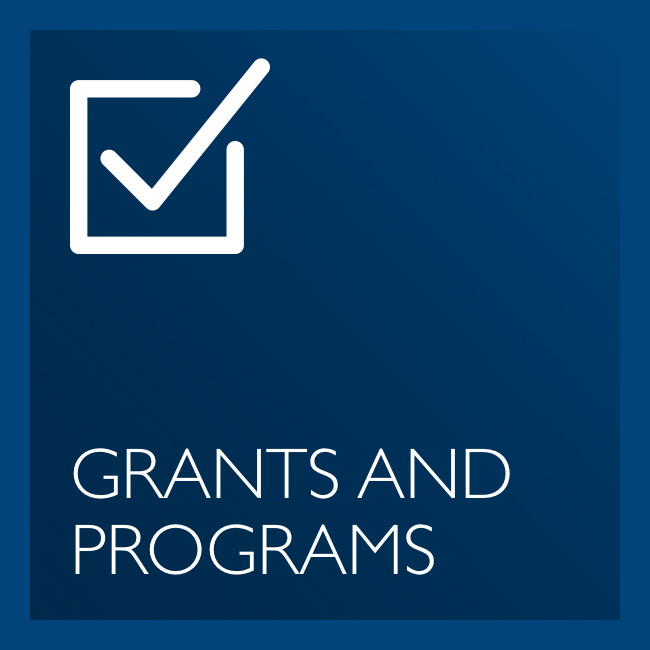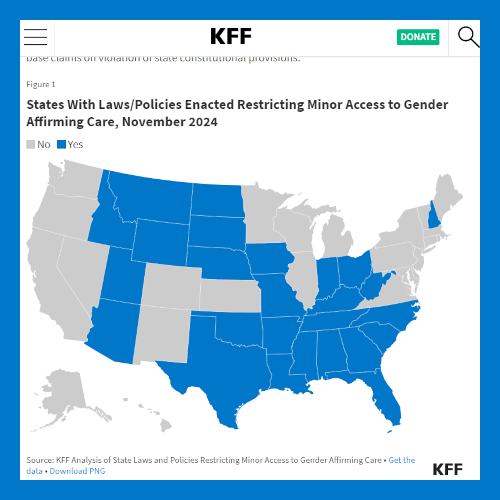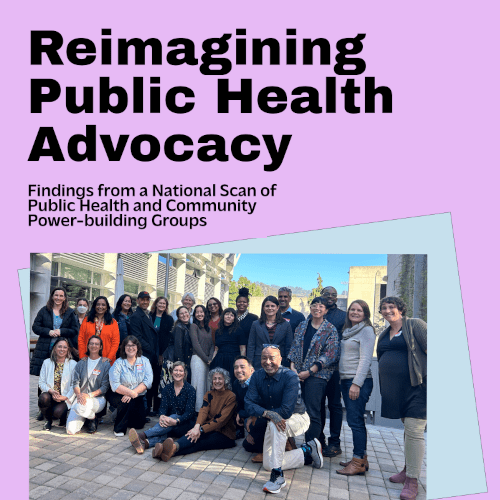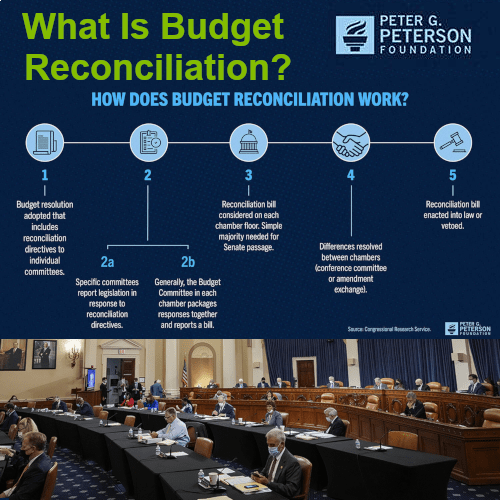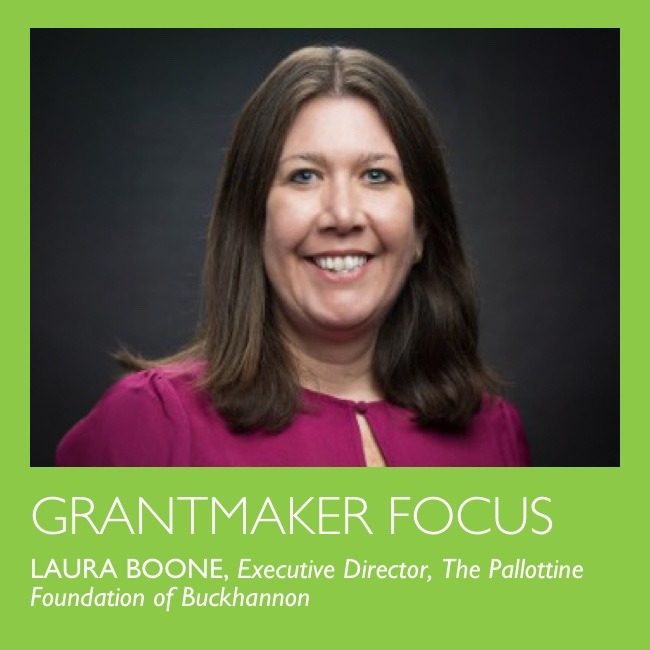The Pew Charitable Trusts: December 2024
In the Speak Up MO report, residents’ top responses identified several priorities for improving health, including expanding health care coverage or implementing universal health care, lowering health care costs, and addressing the cost of living.
Philanthropy @ Work – Grants and Programs – December 2024
The latest on grants and programs from the field.
Youth Access to Gender Affirming Care at the Supreme Court: What to Know
Ahead of December 4 arguments in a Supreme Court case (U.S. v. Skrmetti) challenging the constitutionality of Tennessee restrictions for gender affirming care for minors, KFF explores the background of the case and potential rulings.
Reimagining Public Health Advocacy: Findings from a National Scan of Public Health and Community Power-building Groups
Drawing on a national scan of nongovernmental public health and community power-building groups, this report explains how Human Impact Partners approaches work to shift the field of public health, the research they conducted to better understand the gaps between public health and community power-building organizations, and the implications of what has been learned.
What Is Budget Reconciliation?
With narrow Republican majorities in the Senate and House, congress is expected to use budget reconciliation to pass the new administration’s legislative agenda. in this article, the Peter G. Peterson Foundation explains what budget reconciliation is and how it might be used.
Staying Committed to Advancing the Long Game
Cara V. James, President and CEO, reflects on the 2024 election, the road ahead, and the work we need to do.
Pallottine Foundation of Buckhannon
Food insecurity is a critical issue in the communities we serve. While we work at the most basic level to provide healthy foods to those in need and to ensure our local food pantries are stocked, we realize much more needs to be done to make a lasting impact. Through our partnerships with nonprofits and other health funders, we work in a more systemic way to improve access to nutritious foods for everyone, regardless of where they live or their socioeconomic status.




